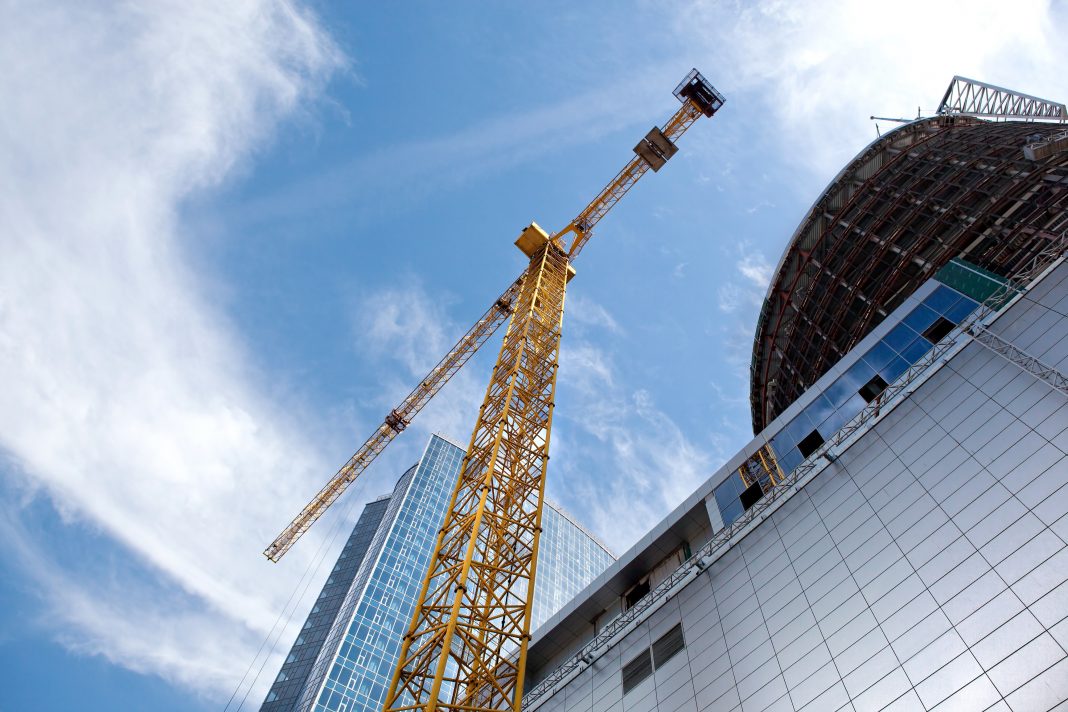Dario Teixeira, engineering manager at MIDFIX, explores how adopting new technology and using modern methods of construction could help address productivity and labour issues in the construction industry
The UK’s construction industry is at a crossroads. Despite it slowly adopting new technology, the UK is still lagging behind the majority of the G7 countries in terms of productivity. In the long-term, this could potentially harm economic growth and mean that the nation may struggle to meet infrastructure demands. Throw an ageing workforce and labour shortages into the mix; these are all contributing to the issues which are beginning to characterise the construction industry. How can we boost efficiency in our industry?
Advances in technology and modern methods of construction could address the issues faced in the construction sector.
For example, the UK is a world-leader in Building Information Modelling (BIM), a 3D model-based process which provides a digital representation of a project throughout the entire building lifecycle, from cradle through to decommissioning. It enables you to see each aspect of the build, address any complexities and facilitate early decision-making with all parties, before construction works even begin.
The UK Government has launched an ambitious productivity programme, Transforming Infrastructure Performance, which is expected to deliver savings of £15bn per year and revolutionise the building sector. One of its immediate priorities is to implement a faster uptake in off-site manufacturing, a modern method of construction which takes advantage of BIM to save money and boost productivity.
Offsite manufacturing
Offsite manufacturing, also called prefabrication, is the design, planning, production and pre-assembly of components such as brackets, bolted frames and gantries in a warehouse, before they are brought to site for installation. It can also be applied to larger infrastructure projects such as in the utilities sector and civil engineering projects such as bridges.
Bespoke designs are created which are suited to specific project requirements. Detailed 2D/3D drawings, as well as CAD models, are produced. With BIM, you can draw up the budget, costs and technical specifications. Once the designs are approved, they are handed to the workshop for prefabrication. Once completed, these are transported to site for installation.
Offsite fabrication encourages those involved to think about the design, risks and complications which may arise at the start of the process, to decrease the number of errors. With better upfront planning, essentials can be built simultaneously, and you won’t be faced with any unexpected delays.
It also substantially boosts the likelihood of ensuring deadlines are met while maintaining high-quality standards. Mark Reynolds, Chief Executive of the Construction Leadership Council, estimated that off-site methods could improve productivity by up to 50%. When you consider that, according to government research, lifting productivity growth by even one-quarter of 1% a year, on a sustained basis, could add £56bn over 10 years to GDP, 50% improvement is huge.
Offsite fabrication also requires fewer workers on site which can help mitigate the current labour shortage. Bespoke design solutions and prefabrication are achievable in a relatively tight timeframe. An example of this happened recently in the West Midlands, when building services specialist MIDFIX was appointed to provide a pipework support solution to cover a circular sewage treatment tank. MIDFIX worked around the challenges arising from the height of the pipe support bridge and wind-loading, to provide a concept design solution. Once the design concept was approved, it was sent to the workshop team for prefabrication. During the design phase, all forces, deflections and stress checks were made. All this was completed in a tight timeframe which would not have been possible using traditional methods of construction.
Saving time and waste
The efficiency push comes at a time when the industry is also facing rising calls to “build green” and minimise waste as efficiently as possible, with statistics finding that 32% of the UK’s landfill waste comes from the construction industry alone. To put that into perspective, that’s an estimated 77.4 million tonnes of landfill per year, which turns into a bacteria breeding ground, increasing the risk of respiratory illnesses to those nearby. It’s not just houses or buildings either, but pumping stations and water treatment works which are common culprits of waste.
Waste efficiency and productivity in the construction industry must be prioritised, with workers mindlessly throwing items away as a result of excess offcuts, over-ordering and on-site packaging. Since prefabrication involves assembling materials in a warehouse, extra materials can be reused and recycled in-house, significantly reducing waste which otherwise would have gone to landfill. It also lessens the amount of packaging thrown away on-site, due to materials being delivered assembly-ready.
Digitalisation and innovation are trending topics in the industry, but uptake for off-site fabrication has been less popular. Offsite construction can reduce time by 30%, save material costs by 20% and even reduce site accident rates. Offsite has the potential to bring major change to the UK’s construction industry, tackle labour shortages and help to reduce waste. It is time for a wider uptake of it, one which tackles static productivity rates, transforms delivery times and will build change to the construction industry for years to come.
Dario Teixeira
Engineering Manager
MIDFIX
Twitter: @MIDFIXUK














